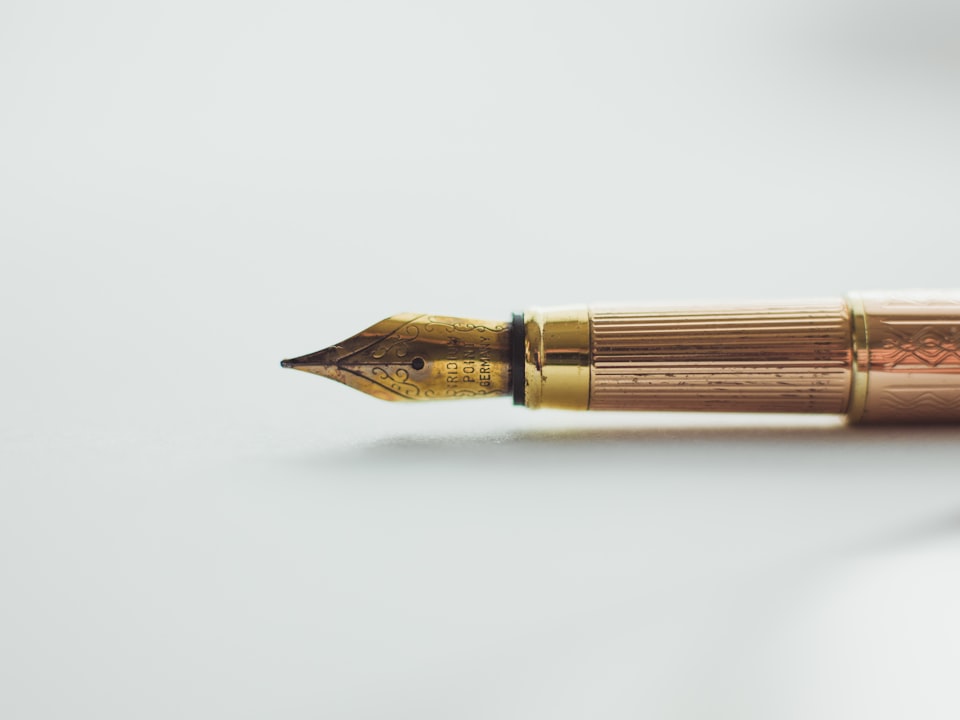Design Thinking stories


David Kelley and the First Commercial Mouse for Apple
In the early 1980s, Apple approached a design firm called IDEO, founded by David Kelley, with a challenge. They wanted to create a mouse that was user-friendly, reliable, and inexpensive. At the time, mice were a novelty, used primarily in the realm of academia and costing hundreds of dollars to produce.
Kelley and his team at IDEO took on the challenge with a Design Thinking approach. They empathized with users, defined the problem, ideated solutions, created prototypes, and tested them. They observed people interacting with computers, trying to understand their needs and pain points. They defined the problem as needing to create a mouse that was intuitive, reliable, and could be manufactured for about $15.
After many iterations and prototypes, they finally arrived at a design that met all these criteria. It was a simple, sleek mouse that was easy to use and inexpensive to produce. This mouse was introduced to the world with the Apple Lisa computer in 1983 and later with the Apple Macintosh in 1984, changing the way people interacted with computers forever.

Steelcase and the Design of the Node Chair
Steelcase, a leading provider of office furniture, faced a challenge in the late 2000s. Traditional classroom setups were not conducive to the collaborative and dynamic learning styles that were becoming more prevalent in education. They saw an opportunity to innovate in this space and set out to design a solution using Design Thinking.
The Steelcase team started by empathizing with their users - students and teachers. They observed classrooms, conducted interviews, and immersed themselves in the environment to understand the needs and pain points. They found that classrooms needed to be flexible, easily reconfigurable, and supportive of both individual and group work.
With these insights, they defined their problem and began to ideate solutions. They went through over 300 iterations of prototyping and testing, involving users in the process to gather feedback and refine their design. This extensive iterative process is a testament to the commitment to getting the design right, a key principle of Design Thinking.
The result was the Node chair. The Node chair is mobile and flexible, with a swivel seat to allow for quick transitions between lecture mode and group work. It also includes a personal worksurface and storage space, accommodating students' various needs. The Node chair was a success and has been adopted in educational institutions worldwide, demonstrating the power of Design Thinking in creating innovative solutions that truly meet user needs.

Doug Dietz and the MRI Machine
Doug Dietz, an industrial designer for General Electric, had been working on an MRI machine that was technologically brilliant, but he was struck by how intimidating and scary it was for children. After observing a young girl in tears due to fear of the machine, he realized that his design was not meeting the needs of the young patients who would use it.
Determined to improve the experience for children, Dietz collaborated with a local children's museum and used Design Thinking principles to approach the problem. He empathized with the children, defined the problem, ideated solutions, and went through several iterations of prototyping and testing.
The result was the Adventure Series MRI. The machine was the same, but the room and the machine were decorated to look like a pirate ship, a jungle, or a spaceship adventure. Children would be given a story with their adventure, turning the scary experience of an MRI scan into an adventure. The reimagined design significantly reduced the need for sedation and made the MRI experience much less intimidating for children.
This story is a powerful example of how Design Thinking can lead to human-centered solutions that significantly improve user experience, even in a field like healthcare where the technology often takes precedence.


Comments ()